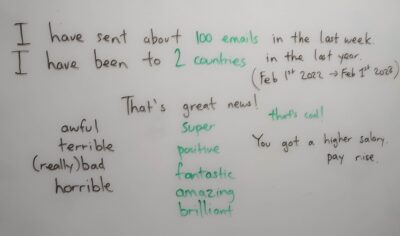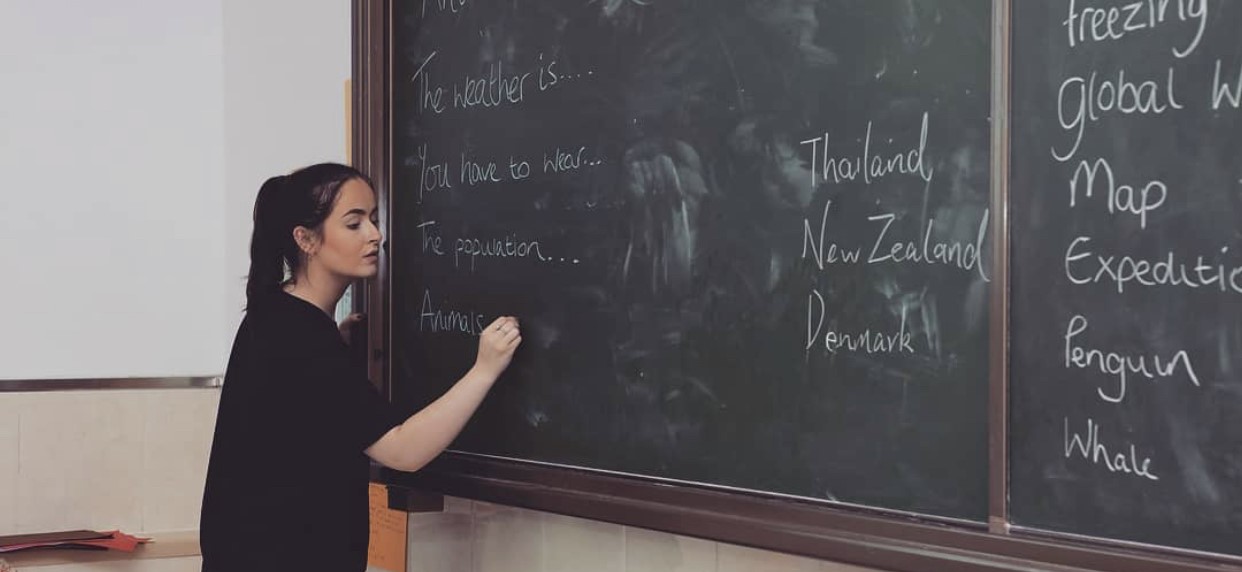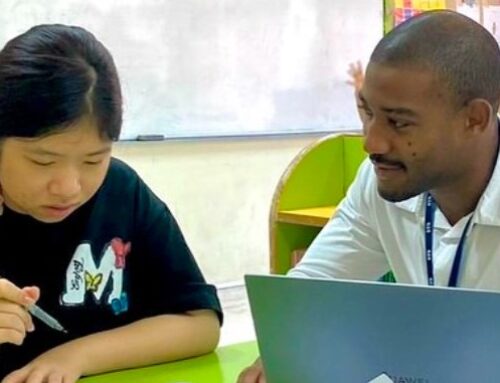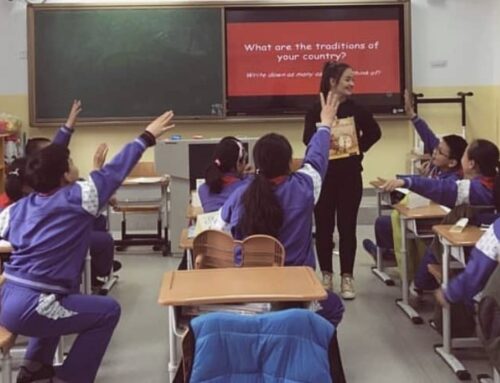By Ken, Teacher in Warsaw
Dzień dobry wszystkim!
One of the main worries that many teachers have is making sure that not only they teach the students well, they also teach the students in such a way that they are entertained, engaged and also enthusiastic. There’s nothing worse than teaching a student and you get the very slight impression that they’re bored and they look as if they’d rather watch paint dry! It can be daunting especially if you’re new and you’re also nervous too
In this blog post I will be showing you how I start my lessons and how I create an interesting and engaging lesson from the very first minute of the lesson. Speaking of which……
 The very first minute of the (very first) lesson
The very first minute of the (very first) lesson
From minute one, you want the student focused and engaged. So what do I do
If it’s my very first lesson with a student, I introduce myself and then encourage the student to introduce themselves also. It’s also a good idea to ask them questions based on what they say in their introductions. Right off the bat, you are building rapport and encouraging the student to speak. The more you can get the student to speak, the easier it will be to get your student to speak and participate in practising grammar in future lessons. I will also sometimes ask the student about what they find difficult about English. With this information I can structure my lessons around developing the student’s weaknesses.
If it’s a normal lesson I start by asking the student about something they said they were going to do (e.g. if the student said they had a job interview the previous lesson i’d ask about that) or even just tell them about something interesting I’ve done recently or ask them a random question about Poland. Of course, you can ask how their weekend was or some other normal small talk topics but to be honest I get bored of this and I like to mix it up! The idea of this though is to get the student speaking and engaged from the very start. The student doesn’t want to listen to you for the whole lesson! Remember – always engage the student. And yes, I am going to use the word engage a LOT.
It might go without saying, but try and speak in a relatively clear and lively manner. If it doesn’t come naturally to you, maybe try and practise your speech.
 Introducing the lesson’s topic + vocabulary
Introducing the lesson’s topic + vocabulary
Each lesson I focus on a different topic and I will ask questions to understand the student’s experiences. So for example if the lesson is about buying/returning something online I will ask the student questions like “What do you buy online? When was the last time you returned an item?” Try to keep the questions open, and try and not ask closed questions. If you can, remember what the student has said so you can relate the vocabulary and grammar to the student’s own experiences. This is also a very good technique to show that you are actively listening and you value what the student has said. Little things like this go a LONG way!
For example if I have to demonstrate the adjective “faulty” I would say something like this:
“So (student’s name), you said the computer you bought didn’t work. You can also say that the computer you bought was faulty”.
Because you are referring to your student’s own experiences you are automatically making it personal to your student. On a fundamental human level people remember things if they actually mean something to them. You could easily demonstrate the adjective “faulty” like this
“Faulty means broken, not working”
You don’t need me to tell you that this isn’t an engaging way to introduce vocabulary, however some teachers do this from time to time. Your students will most likely become bored if they are being dictated to the meanings of words. KEEP. IT. ENGAGING (and personal if you can!). I will go into more details about how to introduce grammar and vocabulary in a later blog post.
But what happens if……
….my students are quiet and don’t speak?
Not all students are confident. Some of my students took a month or two to build up the courage to speak more. Until then, it is your job to create a pleasant, non-judgemental atmosphere where students feel free to speak and not fear being chastised for any mistakes. My advice – always ENGAGE (there’s that word again!) the students by asking them questions, their opinions of things and things that are meaningful to them. I’m forever asking my students about their experiences. If you are stuck, just ask WHY. For example, If a student says one of their favourite countries, I will simply say “so why is that your favourite?” and then this can encourage more conversation and lead to you getting to know your student better and your student feeling more and more comfortable in speaking. A lot of Polish people don’t get the opportunity to speak English, so the apprehension is understandable. The better you know your student, the easier it is to teach them and to build connections with them and yes you guessed it, it is easier to ENGAGE them during your lessons.
To summarise…….
Starting to teach can be a frightening experience, but over time it becomes a lot easier and if you can develop good connections with your students from the very first minute it makes your job very easy and enjoyable indeed. If anything, the “problem” I have is that my students sometimes speak too much! Also, humour helps a lot so if you’re able to make your students laugh then it’s a great tool to have.
If you’d like to see what opportunities are available this year, why not explore our program page or submit an application?




